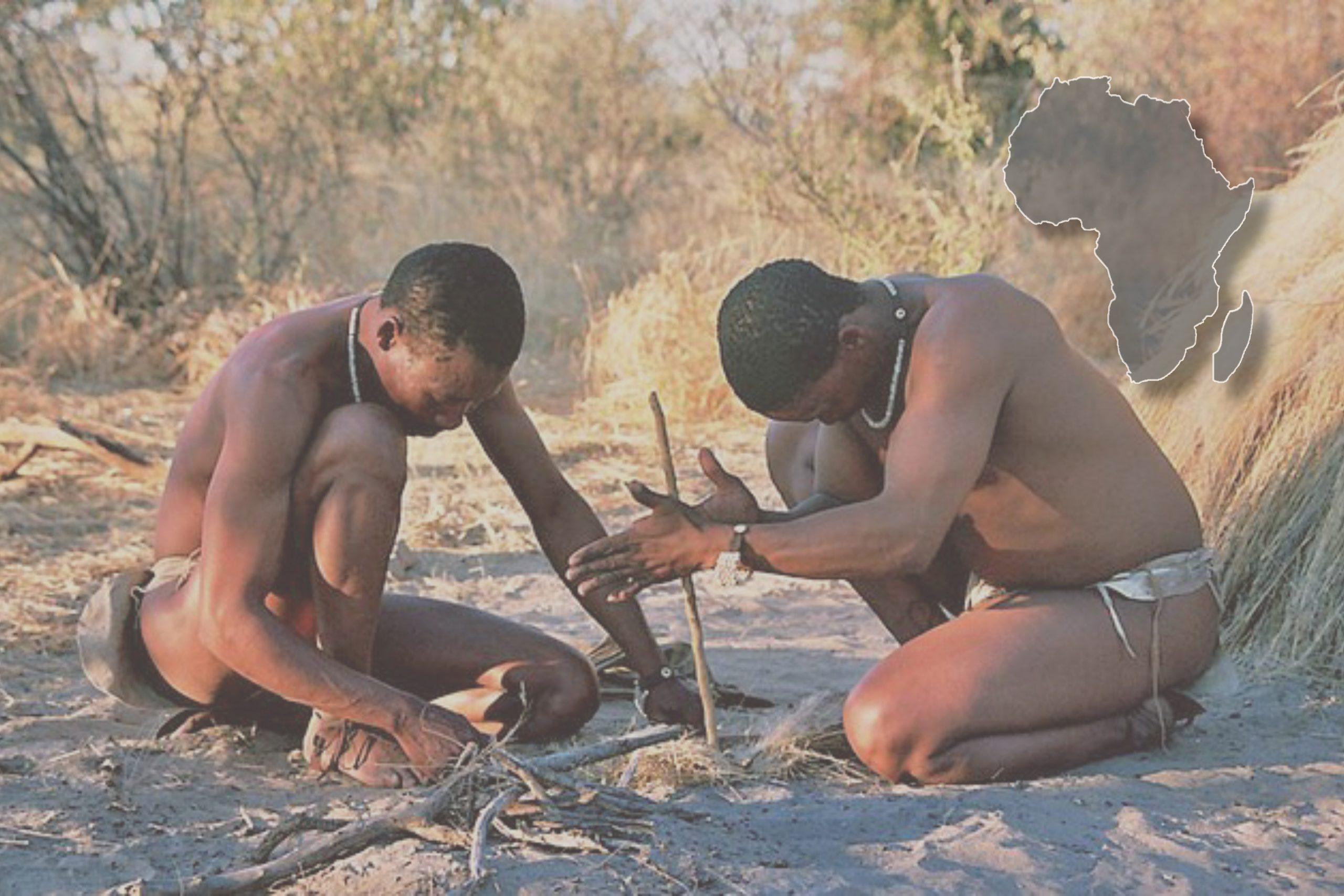According to a DNA analysis of ancient human bones from KwaZulu-Natal, Southern Africa has a crucial role to play in writing the history of humanity. A study team from Uppsala University in Sweden, the Universities of Johannesburg and the Witwatersrand in South Africa present their findings in the early online issue of Science on September 28th.
The researchers analysed the genomes of seven people who lived between 2300 and 300 years ago in southern Africa. The three oldest individuals, who lived between 2300 and 1800 years ago, were genetically related to southern Khoe-San ancestors, while the four younger individuals, who lived between 500 and 300 years ago, were genetically related to modern-day Bantu-speaking populations in South Africa. Carina Schlebusch, a population geneticist at Uppsala University, adds, “This indicates the population replacement that occurred in southern Africa.”
Based on ancient Stone Age hunter-gatherer genomes, the scientists estimate that the separation between modern humans happened between 350,000 and 260,000 years ago. A comparison between an early Stone Age hunter-gatherer youngster from Ballito Bay on the east coast of South Africa and the West African Mandinka is represented by the deepest split time of 350,000 years ago.
“This indicates that modern humans developed earlier than previously thought,” says Mattias Jakobsson, a population geneticist at Uppsala University who co-led the study with Stone Age archaeologist Marlize Lombard of the University of Johannesburg.
The Omo and Herto fossils from east Africa, in particular, have been used to date the emergence of anatomically modern humans to around 180,000 years ago. The Florisbad and Hoedjiespunt fossils, which were contemporaneous with the small-brained Homo naledi in southern Africa, correspond to the deeper estimate for modern human divergence at 350,000-260,000 years ago.
“It now seems that at least two or three Homo species occupied the southern African landscape during this time period, which also represents the early phases of the Middle Stone Age,” says Marlize Lombard. It will be interesting to see in future if we find any evidence of interaction between these groups.
“We did not find any evidence of deep structure or archaic admixture among southern African Stone Age hunter-gatherers, instead, we see some evidence for deep structure in the West African population, but that affects only a small fraction of their genome and is about the same age as the deepest divergence among all humans,” says Mattias Jakobsson.
The authors also discovered that a little over a thousand years ago, all current-day Khoe-San communities admixed with migrating East African pastoralists. “Before, we didn’t have an un-admixed San population to serve as a reference, therefore we couldn’t discover this broad East African mixing.”
We can now discover admixture percentages in all San tribes because we have access to ancient DNA of people who lived on the landscape before the East African migration. According to Carina Schlebusch, “admixture percentages of the Khoekhoe, historically identified as pastoralists, are greater than previously thought.”
Of the Iron Age individuals, three carry at least one Duffy null allele, protecting against malaria, and two have at least one sleeping-sickness-resistance variant in the APOL1 gene. The Stone Age individuals do not carry these protective alleles. “This tells us that Iron Age farmers carried these disease-resistance variants when they migrated to southern Africa,” says co-first author Helena Malmström, archaeo-geneticist at Uppsala University.
According to Marlize Lombard, “South Africa was populated by tool-making hunter-gatherers at the time of the split, according to archaeological deposits going back 350,000-260,000 years. Despite the scarcity of human remains, Florisbad and Hoedjiespunt are considered transitional to modern humans.” The Ballito Bay kid and other San hunter-gatherers lived in southern Africa 2000 years ago, therefore these fossils could be their ancestors.
As recently documented, the shift from archaic to modern humans may not have occurred in just one location in Africa, but in numerous, including southern and northern Africa. “As a result, both palaeoanthropological and genetic evidence increasingly points to multiregional origins of anatomically modern humans in Africa,” says Carina Schlebusch. “Homo sapiens did not evolve from older forms in one place on the continent, but might have evolved from older forms in several places on the continent with gene flow between groups from different places.”
“It is remarkable that we can now sequence entire genomes of ancient human remains from tropical areas, such as the southeast coast of South Africa,” says Helena Malmström. This is promising for our several ongoing investigations in Africa.
These findings, taken together, give new light on our species’ deep African history, demonstrating that there is still more to learn about our evolution into modern humans, and that the connection between genetics and archaeology is becoming increasingly essential.
C: Ancient Origins
 The African History Truly African
The African History Truly African

